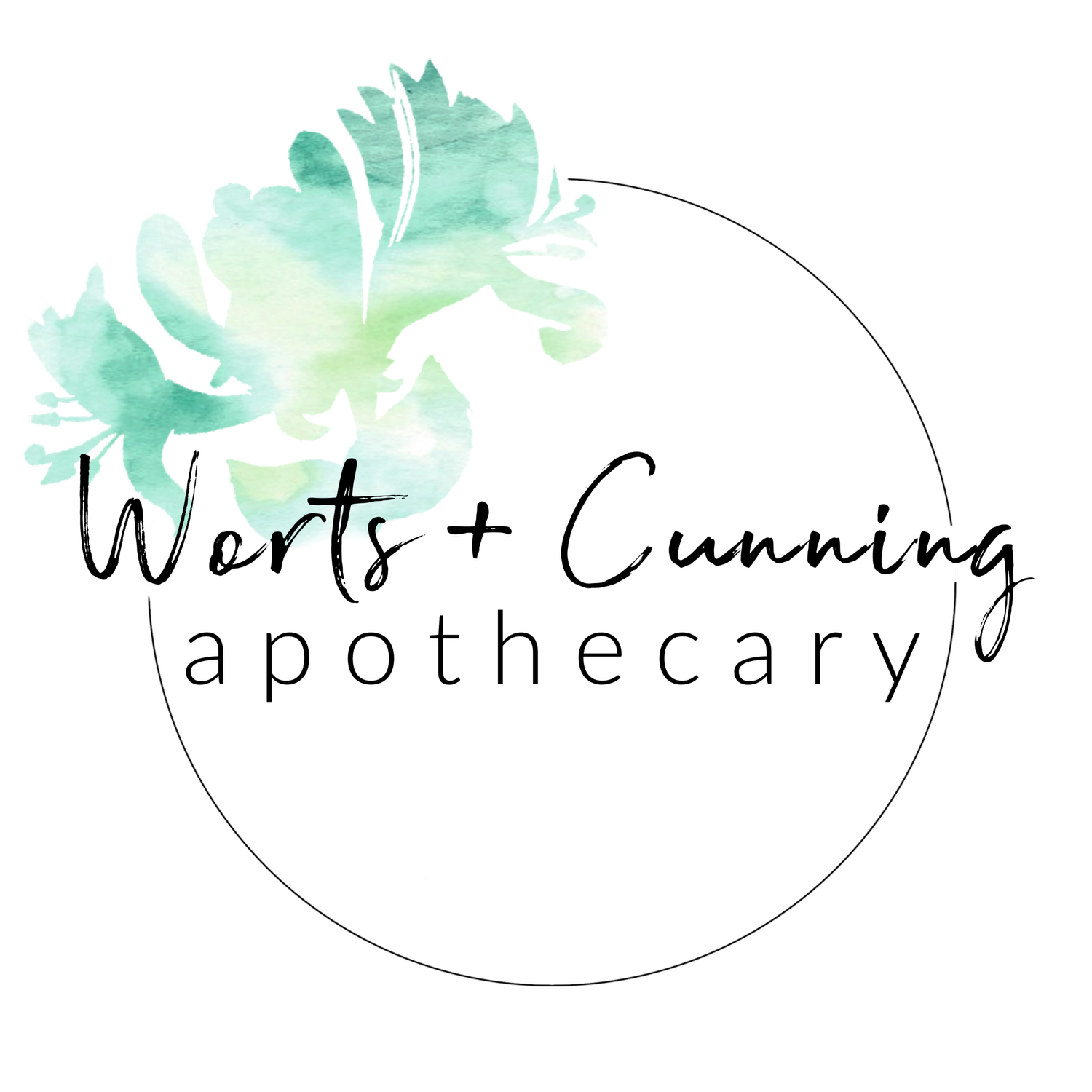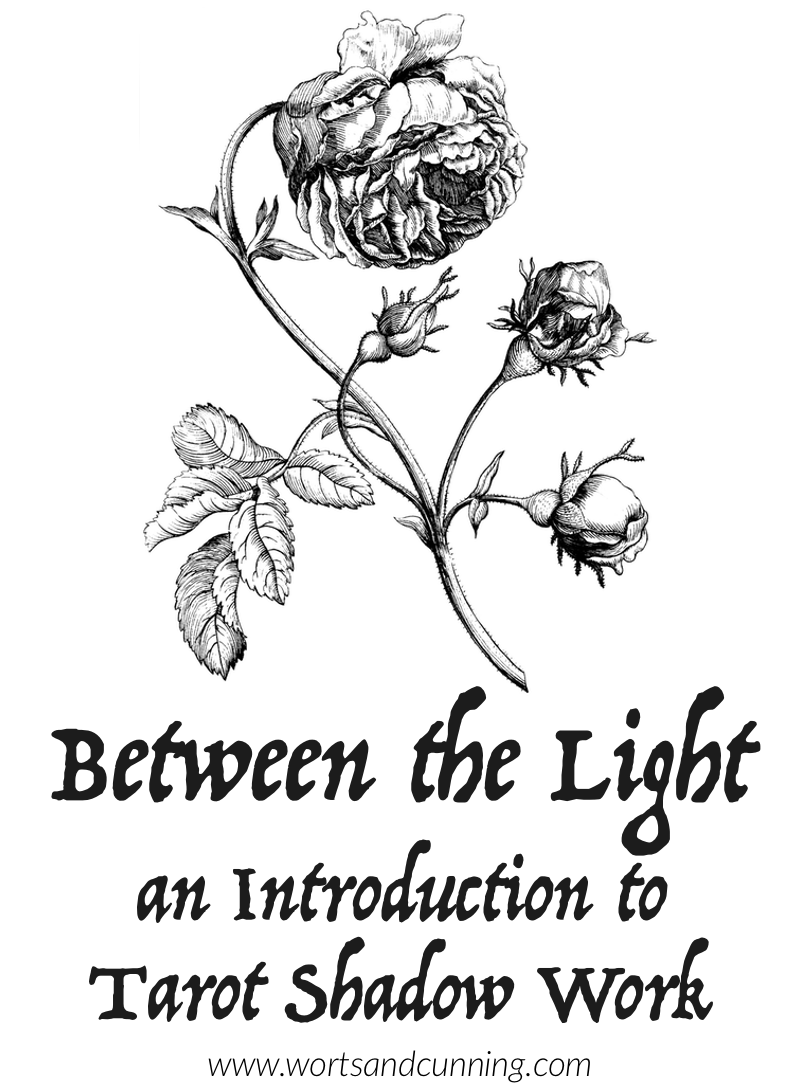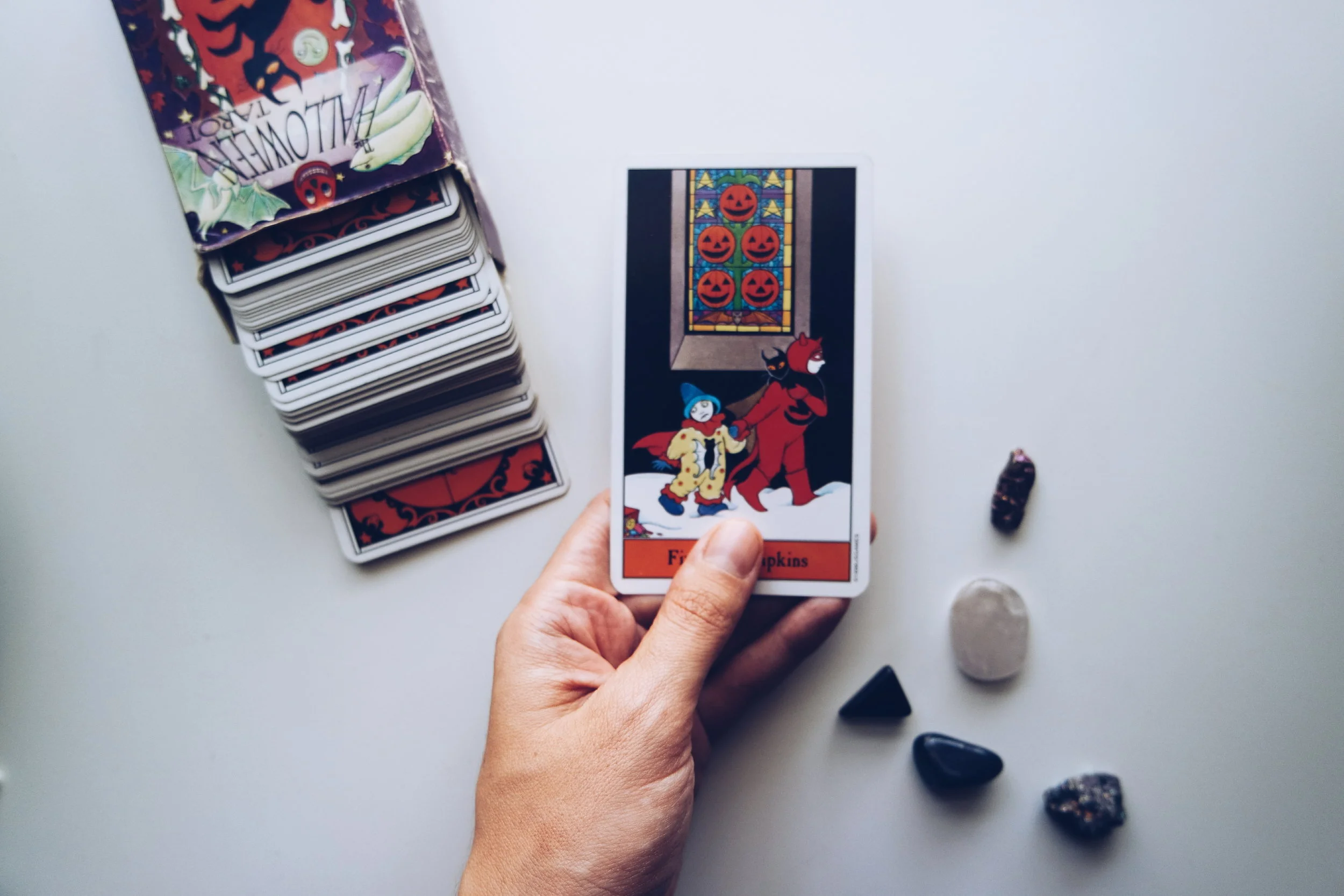Between the Light : An Introduction to Tarot Shadow Work
In the northern hemisphere we are in a time of growing shadows. The Sun's light is nearly harvested after Lughnasadh and Mabon. The fields are turning into the barren valleys of the Crone.
As a practitioner of an earth-based spirituality, my personal daily practice is cyclical and seasonal (my Witchcraft + Weeds series is a great insight into the ways that I change my practice based on the seasons). As I prepare for the new year at Samhain, I follow the patterns of life and death that I see happening all around me. As the sun rises lower each day and the nights stretch on and no, the emerging shadows remind me of my own.
Shadow work is the process of exploring the hidden parts of ourselves that affect our daily life in ways that we’d rather they not. Our shadow hides old wounds that haven’t quite healed and ways that past injuries have turned into present anxieties. Internalized and unexpressed pain find a home in the shadow.
Find part two of my shadow work series over here.
The shadow is actually an ally - but it can be hard to see it that way. Our shadow attempts to hide pain from us to protect us from feeling hurt. Hidden pain, though, becomes more powerful over time. Doing shadow work can be like meeting the monster under your bed -it's a creature that has terrified you all of these years but you come to find out that you had put them there in the first place. We often forget the origins of our shadows, because that is the nature of our mind, which is why spending time exploring our shadows when the veil between the worlds thins (including our inner worlds) can be so beneficial.
I was first introduced to a structured form of shadow work via Christine Jette’s book Tarot Shadow Work: Using the Dark Symbols to Heal. It was the second book on tarot that I ever read and I dutifully worked through the exercises so that I could understand my inner psyche (oh, the ambitions of a thirteen year old witch). I learned some valuable skills that not only helped me in the confusing and complex years of teenage-hood, but the shadow is something I’m always looking for in my work with others (hello, lunar magick). Our shadows represent an opportunity for integration and finding the ways to help us match up our inner landscape with our actions in the world.
Simple Shadow Work
Since it is the season of growing dark, what follows are a series of simple practices to introduce you to the tradition of shadow work. I hope you find that the practice brings you as much insight as it has me. And if you want more shadow work techniques, be sure to subscribe to my Magick Mail where you’ll get access to my member’s only site where I’ve posted additional resources for free (including my tarot spread for haunted hearts and clearing out old emotional ghosts).
Meeting Your Shadow Card
I love this practice! I believe I first learned it not from a tarot book but from the guidebook to Brian Froud’s The Faerie Oracle written by Jessica Macbeth (again, going down memory lane this was my first oracle deck I ever owned and it’s simply lovely). The exercise of finding and meeting your Shadow Card is simple but amazing to do.
When many of us get a new tarot or oracle deck, we search through the cards noticing on the ones that speak to us and that we resonate with. We like to find our favorite cards. When seeking your Shadow Card you’re invited to look through your deck, but now you’re seeking the card that you like the least.
I encourage you to choose only one card. There are going to be multiple cards in the deck that you find challenging, but one of the gifts of shadow work is learning how to focus and narrow your gaze.
When you have chosen your least favorite card in the deck, spend time meditating on or journaling about the following questions:
What don’t I like about this card?
How does it make me feel?
Are there certain symbols, expressions or characters in this card that I find hard?
Does this card come up often for me or rarely in my readings?
Make sure to finish your session with your Shadow Card by asking yourself the following two questions:
If I see this card as a true friend and teacher, what changes?
What does this card tell me about myself?
I recommend doing this exercise annually in the season of Samhain as your Shadow Card will often change. This is also a great practice to do at any time of the year if you’re having trouble pinpointing what it is that is bothering you in general or in a particular life situation. It’s also a fantastic practice to do in community and I highly recommend gathering together with your friends and finding your Shadow Cards together (preferably while drinking tea).
If you’re interested in more tarot shadow work, be sure to sign up for my Magick Mail and get access to my Haunted Hearts tarot spread for free in the members-only Magick Mail Apothecary.
A Ritual of Reconciliation
As it is the Witch’s New Year, Samhain is a traditional time for reconciling differences between individuals. One of the ways that reconciliation is made possible is through sincere apologies. But apologizing can be hard, especially when our shadows prevent us from feeling sincere in owning up to our mistakes.
Consider a place in your life that requires reconciliation. If there is nothing recent, think about something from further into your past. It should be a situation in which an apology on your part feels difficult.
Pulling out your journal or a pen and paper, write about why you don’t want to apologize.
It wasn’t that big of a deal.
Well, they behaved worse than me.
I don’t see what I did wrong.
Why can’t we just forget about it and move on?
When you have a series of reason why you don’t want to apologize, begin to look at them one -by-one to find the shadow beneath (you can pull a card or two for each if that helps). For a moment, put trying to determine who is “right” and “wrong,” and focus on what personal narratives lie beneath. Looking at the first example from above you might surmise:
It wasn’t that big of a deal can reveal dismissiveness as a defense mechanism. The defense mechanism can lead you to the shadow and what lies beneath. Perhaps it’s a fear that making a “big deal” of something requires more emotional involvement and connectively than you feel comfortable with. Or a “big deal” means that you’ve hurt someone’s feelings and have to admit you’re wrong which reveals an old childhood wound that has led to your constant need to be “right.”
Of course the above summary is short and simplified, but hopefully you get the idea of where you might journey in your explorations of your shadow. Once you’ve done the work of recognizing your shadow it will hopefully be easier to reconcile. Often reconciliation involves forgiving yourself first. I would recommend pulling a card or two that helps you connect with the healing potential of reconciliation. So you might choose the Two of Cups to help remind you of what your relationship with the person your in conflict is actually about - what of giving and receiving care and kindness.
You might choose to reconcile in-person with the offended party or if that’s not possible, to write to them. Or if there is no way to reconcile with the person (because you’ve lost touch or they have passed or whatever), you can still write a letter and bury or burn it on Samhain with the intent of sending out reconciliatory energy.
However you proceed, keep sincerity as your watchword and the hope of a untangled start your new year.
What are your favorite shadow work techniques?
If you’re looking for more shadow work inspiration, this time working with the lunar mansions, come this way.







